Many marketers believe that you either use content marketing or PPC to grow a business – but rarely both.
They’ll choose one approach and argue strongly for it, should someone question their decision.
One marketer might say, “content marketing is the gift that keeps on giving.”
Another might say, “pay per click ads scale and can bring you fast, reliable results.”
But, who’s right?
I’d like to argue that both approaches are valid and that neither approach has to be executed exclusively.
Indeed, why not combine your content marketing strategy with your click advertising efforts and create a ‘hybrid’ digital marketing campaign?
If you think about it, it’s a win-win.
Putting on your content marketing and search marketing hats at the same time might be a fashion faux pas, but consider what it might generate.
High quality, relevant content is a long-term strategy that boosts your search engine ranking, improves the quality of your landing pages, builds your authority and strengthens brand awareness. Content marketers are also excellent storytellers, which can inspire the content of your pay per click ads.
Meanwhile, PPC isn’t nearly as cost or labor intensive. It can generate leads and bolster your conversion rate.
Or, think of it this way: Combining content marketing and pay per click advertising allows you to capitalize on your content marketing strategy while you wait for the search engines to catch up and start delivering those search results.
So, are you ready to gain an edge on your digital marketing strategy by thinking like a search marketing pro and content marketing expert at the same time?
Then read on.
In this post, we’re going to take a look at the tactics that you can use to combine your content marketing efforts with pay per click advertising.
You’ll learn how you can make your content better using PPC and vice versa.
You’ll also learn how to become better at both roles–a more seasoned search marketing expert and a more effective writer.
By the end of this post, you’ll have a stronger, more useful understanding of how you can combine the two approaches to make your digital marketing campaigns all the more effective.
Let’s begin.
What you need to focus on first
Before you take action on the strategies we’re going to explore, there are a few things that you’ll want to acknowledge.
This first is the need for great content.
It’s essential to your content marketing strategy that you create high quality content – failure to do so is going to result in those who click on your PPC ads clicking the ‘back button’ within seconds. And that won’t boost your conversion rate, will it?
If you’re new to the game of content marketing, you probably have no idea what constitutes effective content and how you should even go about creating it.
For new marketers, and even experienced ones, the best approach often involves working backwards.
That means that you find a great piece of content that’s already doing well in your industry – and you then create something better.
BuzzSumo can be incredibly helpful here – and I think their tagline explains why.
Let’s say that I want to conduct a hybrid content marketing/pay per click campaign, based around the topic of ‘cycling.’
In most industries, ‘how to’ articles tend to do well and such articles should often be your first focus.
If you want to create other types of content, you can also consider –
- List posts
- Research/Data posts
- FAQ posts
- Case study
- Series posts
- Ultimate guide – see my ultimate guides
If I want to find examples of successful ‘how to’ content, within the cycling niche, all that I need to do is head over to BuzzSumo and type in ‘“how to” cycling’ for a list of search results.
As you can see, I now have a bunch of content ideas that I can begin working on. For example, I can take the ‘core muscles’ blog post and make it more detailed. I can also add more images.
Okay – so we’ve briefly covered why and how you can create terrific content.
When conducting a hybrid digital marketing campaign, you’ll also need to ensure that you know how to set up a pay per click advertising campaign.
I’m not going to go into this topic too much here.
I have, however, covered it extensively here, here, here, here, and here.
To keep it simple, you need to account for the following –
- Knowing who your target audience is
- Understanding how to target your ads
- Having the ability to create great ads
- Collecting and converting leads
You can get a better understanding of your target audience by using Facebook Audience Insights.
There, you’ll be able to enter an interest that represents your target market and Facebook will return data that can be used to better target your ads across all platforms.
You can create better ads by looking at what your competitors are doing and constantly split testing your approach.
Something you might want to keep in mind is that you can use BuzzSumo to help you come up with headline ideas.
This is how…
In relation to the cycling topic we took a look at earlier, there was an article topic related to ‘core muscles.’
If I type ‘core muscles’ into BuzzSumo, I’m then presented with several headlines related to this topic.
These can be used to inspire an ‘ad’ headline that will encourage people within your target market who are most likely interested in this topic to be receptive to click advertising – and, well, click on your ad.
The topic of core muscles might not appeal to everyone within the ‘cycling’ niche, but there’s a good chance that there is a sub niche, within the cycling niche, that are passionate about improving core muscle strength. (One consistently effective content marketing strategy? Thinking beyond the obvious.)
Using the tactic above will help me come up with a headline that appeals to that sub niche.
I like the headline, “How Yoga Practice Strengthens Your Core Muscles – Without Crunches.”
The ‘Without Crunches’ section lets me know what people typically think is the traditional way of building core strength.
If I had the “without crunches” text in my pay per click ad headline, there’s a good chance it would generate clicks because it creates intrigue, especially for people who are used to building core strength the traditional way.
The last thing you need to focus on is having a way to collect leads and a way of converting them, too.
If you’re pouring money into a pay per click campaign, in order to promote your content, you’ll want a way to generate a return on your investment.
If you don’t have something like this in place for your click advertising plan, you’ll end up running out of money fairly quickly.
If you want to collect leads and boost your conversion rate, consider having a pop-up appear on your site. A pop up can be set up using a tool like Sumome or Hello Bar.
Even the most average pop-ups are known to convert at 3.09% – which isn’t too bad, especially if you weren’t looking to use a blog post to collect leads in the first place.
You can use a popup to promote a Content Upgrade – something that is known to convert really well.
Bryan Harris is achieving a 20-30% opt-in rate on his blog posts, thanks to content upgrades.
Once people sign up, have an autoresponder sequence ready that builds trust and reciprocity while it also eventually asks for a sale. You can also send people to a webinar and that can also be used to present an offer.
Promoting your content using PPC
If you have a content marketing campaign in place, you’re probably posting content to your social media profiles.
If that is the case, it can be a good idea to take a look at what has worked well across all of your social media platforms and then promote the best performing piece of content using pay per click ads.
This works well, because you’re taking a proven piece of content that you know will work and you’re getting it out to more people, using PPC ads. This increases the odds that you will earn a positive ROI on your ad spend.
One way that you can do this is by making use of the ‘Boost Post’ feature on your Facebook Page.
Go through your Facebook Page and find content that has done particularly well.
Underneath it, you will see a button called, “Boost post.’
Click on this button and you’ll then be able to set up the targeting.
You might want to run a number of campaigns sequentially.
First, you might want to run a campaign targeted towards people who have liked your page. This will ensure that all those who are definitely interested in your niche are made aware of your content.
You might then want the second kind of campaign that targets ‘People who like your page and their friends.’
Friends of people who like your page are likely interested in the same things. This may reduce the level of engagement you will receive, but it can potentially reduce the amount of time you have to spend on targeting your ad.
You may then want to run a campaign that involves you inputting targeting information.
It shouldn’t be too hard to come up with targeting data. You can just use the Audience Insights tool to analyze your Facebook page and then using the data provided, targeting your ads accordingly.
If you don’t have a popular Facebook page, then the above strategies might not work for you.
If that is the case, then you might want to do the following.
You could either run some ads to promote your Facebook page, and then, once you have 4-500 members, begin running Boost Post ads.
Or, you just run Boost Post Ads straight away, even if you don’t have a popular Facebook Page.
It could be argued that it is better to have a Facebook page with some fans first.
This is because it increases the likelihood of you showing your content to people who are interested (remember – by liking your page, they’ve opted to be informed of updates) and hence, engagement will be higher and more intentional.
You’ll also benefit in the long term, because when you post content, you’ll gain from some ‘Organic Reach.’
After running a Boost Post Campaign, you’ll be presented with some stats, based on how your campaign performed.
If you deal primarily with the B2B sector, you might want to use LinkedIn Sponsored Updates.
LinkedIn Sponsored Updates essentially work like a Boost Post ad does within Facebook.
That’s because you’re taking a ‘Company Update’ from your company page and you’re choosing to advertise it.
Running LinkedIn campaigns can be expensive and you want to make sure that you have a good piece of content on your hands before you think about running some ads on LinkedIn.
In fact, it might not always be a good idea to use LinkedIn as your first method of promoting a piece of content using pay per click ads.
Test content on Facebook first – if it does well there, promote it on LinkedIn.
If you promote good content and your ads are well targeted, people will begin to follow your company page.
NewsCred managed to achieve a 4.2x increase in views for their unsponsored company updates, after having run 20 Sponsored Update campaigns.
On a side note, they also found that LinkedIn Sponsored Updates resulted in 6x the ROI of their AdWords ads.
You can set up a ‘Sponsored content campaign,’ by using the campaign manager and selecting the ‘Sponsored Content Campaign’ option.
You’ll then be able to select the piece of content that you want to sponsor.
Note: If you want to run a Sponsored Updates campaign on LinkedIn, you’ll need a company page.
Pay per click advertising doesn’t have to be used to just promote content – you can also use PPC ads to come up with better content headlines, too.
You can use Twitter to help you get this done.
The process is as follows –
- Come up with around 5-7 headlines that look promising.
- Then, run these headlines as ‘Promoted tweets.’
- After running them for about 5 days, take a look at the data and you’ll be able to tell which ‘headline’ performed the best.
- Take the best performing headline and use it for the piece of content in question.
You’ve now increased the chances of your content performing well, organically.
If you’re wondering what kind of campaign you should run on Twitter, consider the ‘Website clicks or conversions’ option.
That way, you’ll be able to see how many people are clicking on the link to your content, as a result of having read your ‘headline.’
Remarketing your content marketing
You can also use remarketing as a key content marketing strategy to improve your search engine rank. It might be a stretch to call some of this remarketing, but a lot of what we’re going to cover is very similar to remarketing.
In any case, there are a few ways that you can do this.
One strategy is to simply have a Facebook Pixel installed that tracks people viewing content on your site.
This allows you to create a ‘Custom Audience,’ made up of people who have visited your site in the past.
When you come out with a new blog post, run an ad on Facebook targeted towards this ‘Custom Audience.’
In doing so, you will be able to drive content engagement fairly quickly. This can also improve organic search results, too.
The fact that you’re running these ads towards people who were previously on your site also ensures that you’re promoting your content to people who will be interested.
Another content marketing strategy involves promoting ‘content upgrades’ or ‘Whitepapers’ for those who have read a piece of content on your site, but did not sign up to your list.
This will allow for you to better monetize your site, as you’ll be able to get more people into your funnel.
It’ll also improve engagement for future pieces of content, because you can email your list whenever new content is published.
You can also use the methods above to run targeted pay per clicks ads on multiple platforms.
For example, you could market to someone on LinkedIn and use the Facebook Pixel to track them once they’re on your site. You can then market to that individual at the lower Facebook PPC cost.
So, consider installing a Facebook Pixel, even if you’re running LinkedIn Ads.
Alternatively, you can use remarketing strategies to let people know of other pieces of content that they might be interested in – after having already read something on your blog.
In a way, this is similar to how you’d promote related products to someone, if you were running an ecommerce store.
Note: It’s worth mentioning that you don’t have to rely on Facebook for your remarketing efforts. You can also run remarketing campaigns across Google, too.
If you’re going to run a digital marketing campaign like that, however, it is essential that you know how you’re going to monetize your traffic. Otherwise, it could get expensive quickly.
Conclusion
Before reading this post, you might have struggled to understand how content marketing and pay per click advertising can overlap and coexist with each other when conducting your marketing efforts.
However, you should you now know how to make your PPC efforts more effective with the help of great content, and how to earn a quicker ROI on your content marketing using PPC ads.
Implement the strategies you have discovered in this post and see if what you’ve learned has the ability to bring your content marketing and pay per click campaigns to the next level.
Best of luck!
Do you have any tips you can share in terms of how content marketing and pay per click ads can work well when combined? Which landing pages inspire your own marketing efforts? Please share below!



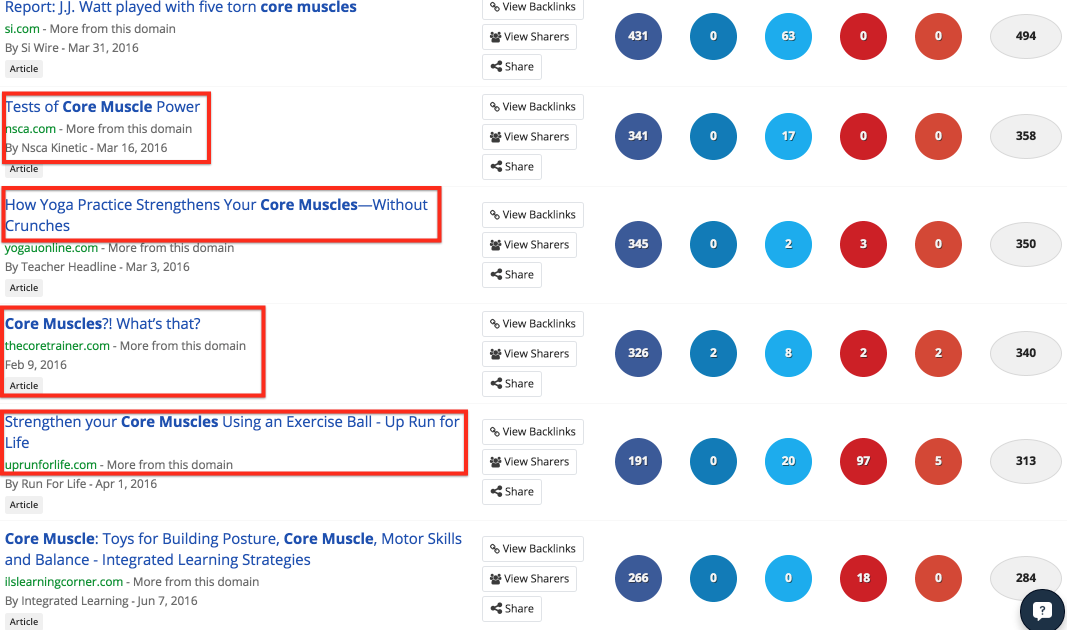
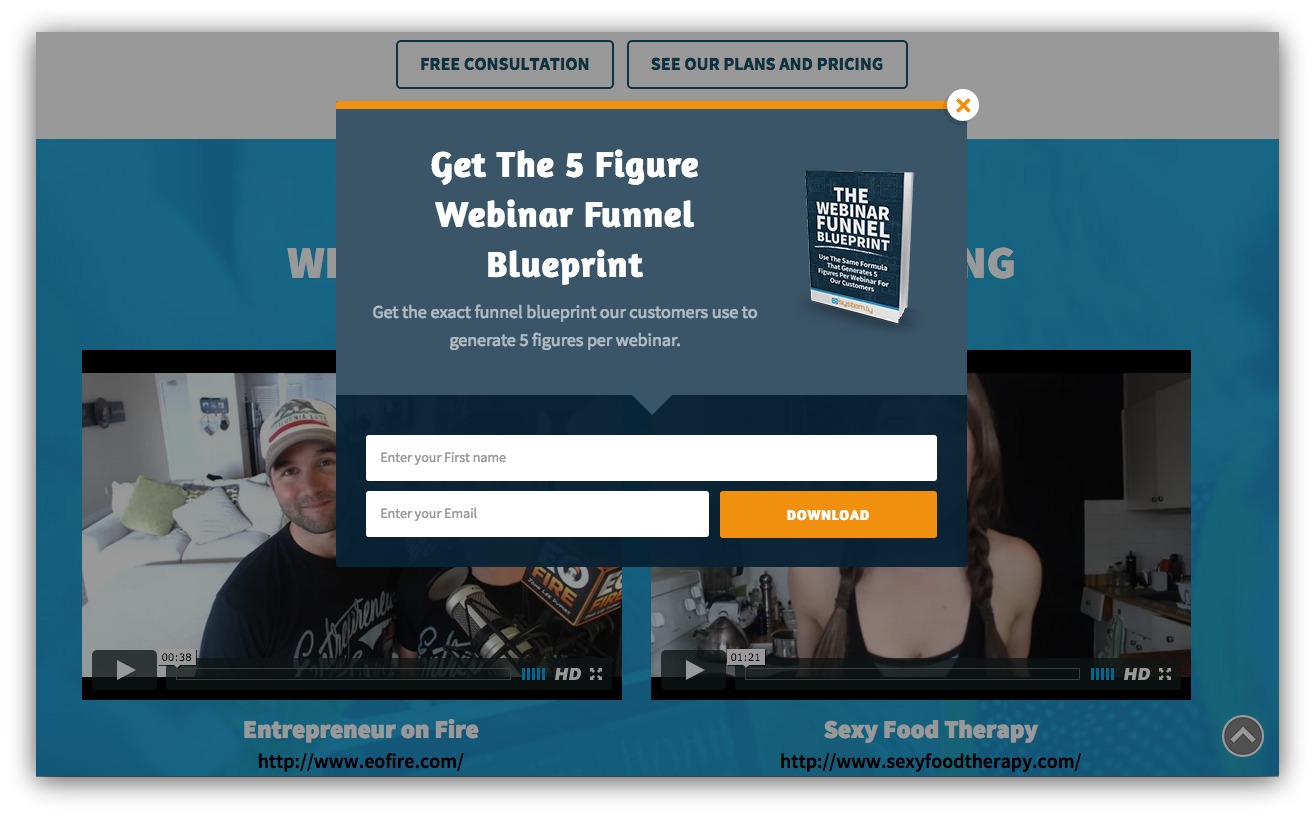


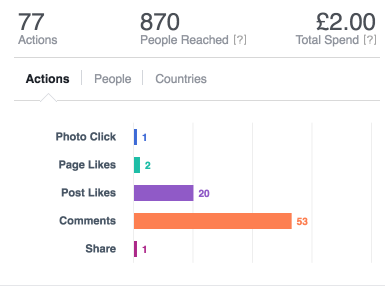


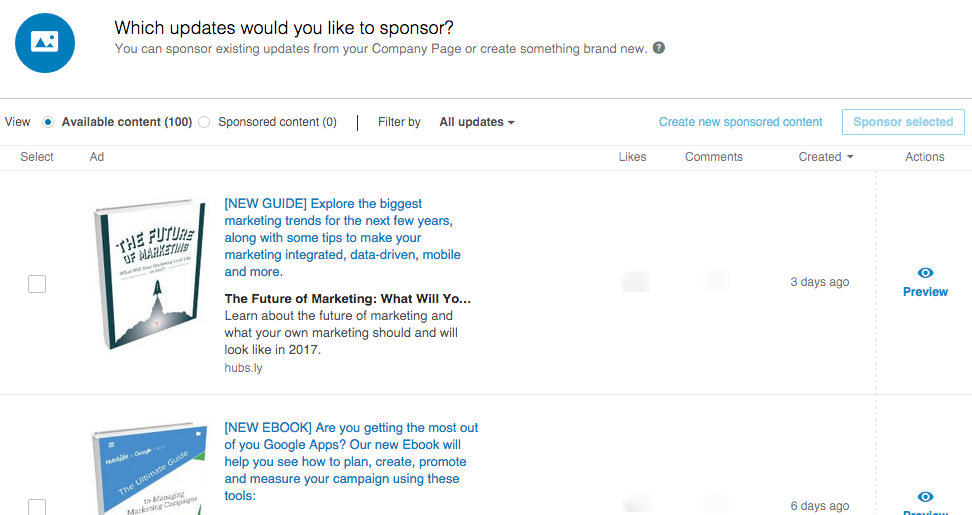
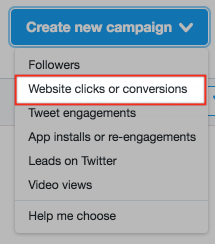
Comments (24)